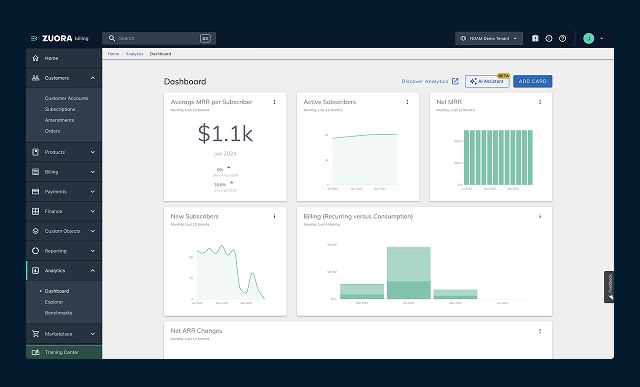For maximum profit, manufacturers must maintain equipment and assets to:
- Maximize asset utilization and production yield, leading to increased efficiency.
- Extend equipment life, reducing the cost and disruption of replacements.
- Support OEE targets by decreasing machine downtime while lowering maintenance costs
- Streamline indirect procurement and maintain the right levels of spare parts inventory
Key Challenges
Diversity of assets – managing and tracking the reliability of various equipment and assets on the shop floor.
Schedule sanity – proactive planning of maintenance activities that balance equipment availability needs against technician time constraints
Hidden costs – addressing maintenance, repair, and capital investment needs as physical assets and plants age while dealing with numerous vendors.
Quality – ensuring high performance and reliability of equipment to maintain product and service quality and customer satisfaction.
Capabilities
- Projects
Manage the full “acquire-to-retire” process, including capital projects and complete lifecycle management of physical assets.
- Maintenance
Schedule preventive and condition-based maintenance to avoid unplanned downtime and optimize the total cost of ownership
- Inventory
Be consistently ready for planned and unplanned events without overspending on excess maintenance, repair and operations (MRO) and supplies
- Purchasing
Control indirect expenses with full-feature and efficient requisitions and approvals against supplier price agreements






